Hello there! Welcome to Indonesian Currency 101, where we’ll be diving into the beautiful world of Rupiah. If you’ve ever traveled to Indonesia or plan on visiting soon, you’ll need to familiarize yourself with this currency. But fear not; we’ll ensure you’re a Rupiah pro in no time!
As a currency, Rupiah is full of surprises. It has unique symbols and denominations, and it’s even been known to change its appearance more often than a celebrity going through a midlife crisis. But don’t worry; we’ll guide you through it all. Whether you’re a traveler, an expat, or just someone curious about the world, this post is for you.
So, sit back, relax, and get ready to learn more about the Indonesian currency. Let’s dive right into the colorful world of the Indonesian Rupiah!
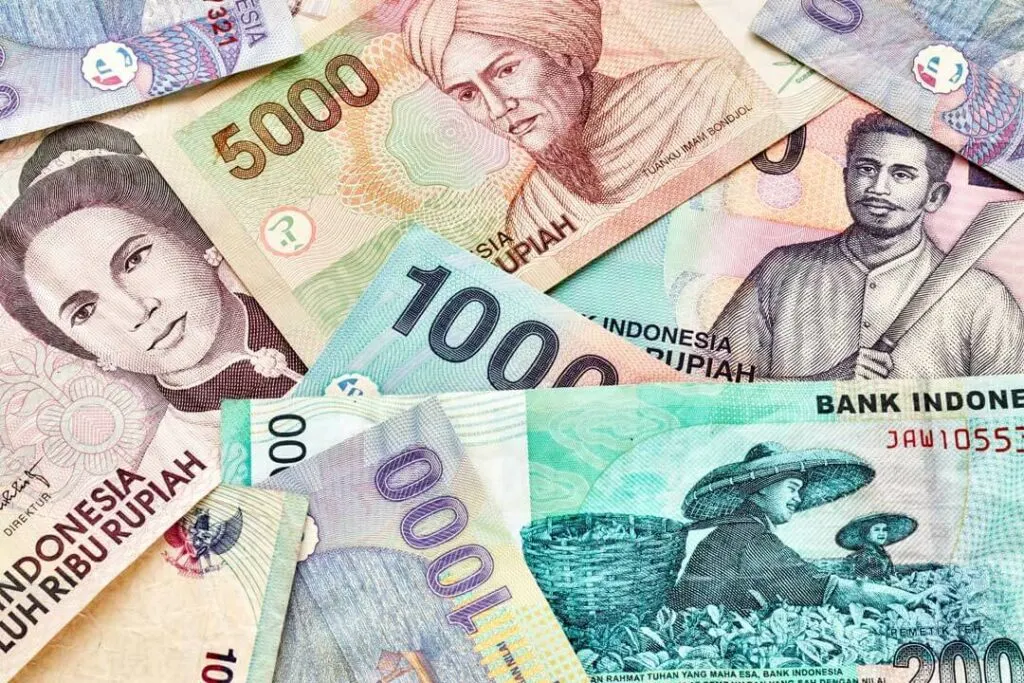
The Rich History of Rupiah
Indonesia inherited a complicated monetary system from the Dutch when it became independent in 1945. The Netherlands Indies gulden and a Japanese version were other currencies used when the Indonesian rupiah was launched in 1946.
The other currencies were gradually phased out between 1950 and 1951, and the rupiah was designated as Indonesia’s national currency.
Due to the depreciation of Indonesia’s currency in the 1950s, a new one was introduced in 1965. One new rupiah was equal to a thousand existing rupiahs. Inflation had decreased, and exports had increased by 1970.
After the start of stabilization efforts, exports increased, and inflation decreased by 1970. However, the currency continued to lose value because of the unstable exchange rate and Indonesia’s switch to a new system in 1978, the managed float system. The rupiah’s been reasonably steady since 1999, despite many instances of pressure, especially throughout the economic crisis in the late 2000s.
The Ins and Outs of Indonesian Currency: Understanding Rupiah Symbols, Denominations, and Colors
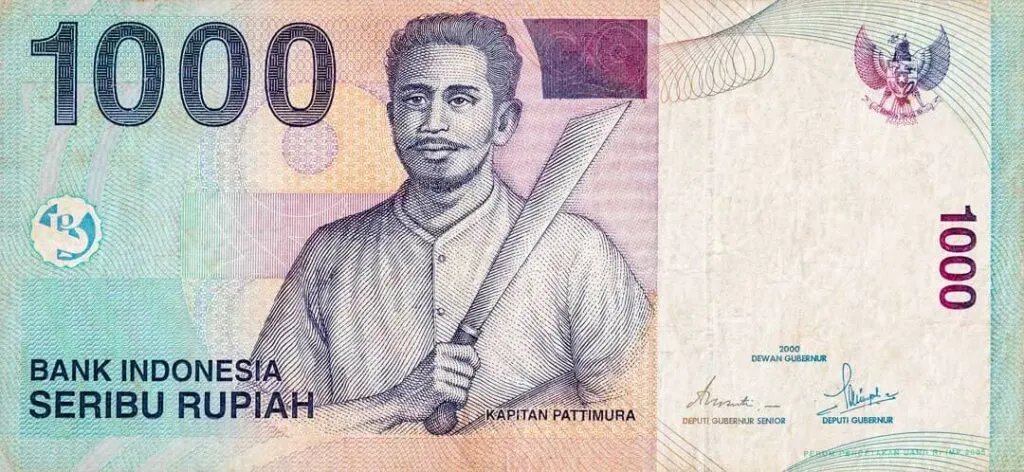
The Indonesian rupiah is the official currency of Indonesia and is controlled by the Bank of Indonesia. It is made up of 100 sen and is often symbolized or abbreviated as Rp or Rs. The rupiah is also informally known as “perak” by locals, which is also a word used for silver.
Rupiah banknotes are printed in 1,000; 2,000; 5,000; 10,000; 50,000; and 100,000 IDR, each featuring a unique color and design. For instance, the 20,000 banknote is a light shade of green, and the 100,000 note is a more intense red. The smallest denominations are far less vivid, with the 1,000 being gray with a yellow undertone and the 2,000 note gray. Coins are also minted in denominations of 50; 100; 200; 500; and 1,000 IDR, each featuring a different design and size.
It’s important to note that the official currency code for the Indonesian rupiah is IDR, which is often used in international banking and trading. However, the Rp or Rs abbreviation is more commonly used in everyday transactions and by locals.
Understanding the symbols, denominations, and colors of Indonesian currency can be helpful for both locals and tourists alike when handling money in Indonesia. Knowing the different banknote and coin denominations and their corresponding colors allows you to quickly and easily identify and use the correct currency for your transactions.
The Evolution of Indonesian Rupiah Designs
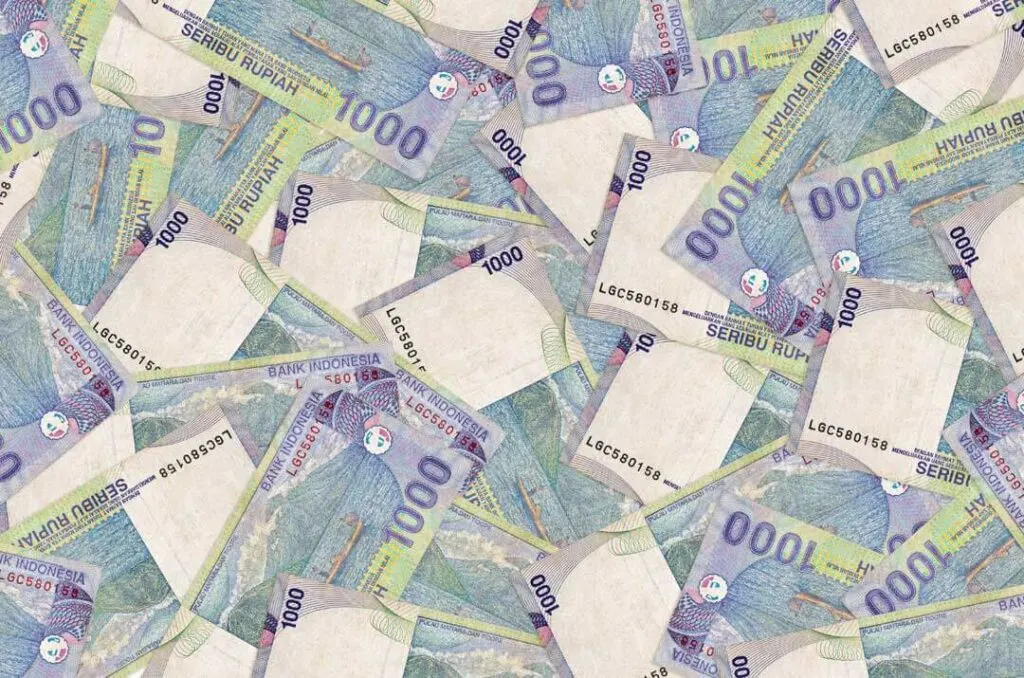
The rupiah has undergone several modifications through the years, including the appearance of the money.
For instance, Idham Chalid, a minister and a religious leader, is currently depicted on the 5,000 bill, and the reverse side shows the Gambyong dance and Mount Bromo.
Before this, the Rp 5,000 bill featured the well-known movement leader and national hero Tuanku Imam Bondjol. The other side depicts a scenery of the ladies who are weaving.
Another example of how interesting these bills are is the 20,000 bill from the preceding series. This one had Oto Iskandar Di Nata. This well-known politician later became a national hero. People picking tea leaves are portrayed on the backside of this banknote. Before this, the Rp 5,000 bill featured the well-known movement leader and national hero Tuanku Imam Bondjol. The other side depicts a scenery of the ladies who are weaving.
The development of rupiah designs reflects the nation’s rich cultural heritage and identity.
This is a beautiful example of how a country can honor its culture and heritage with a thing that’s used daily by everyone in society.
Unique Security Features of Indonesian Banknotes
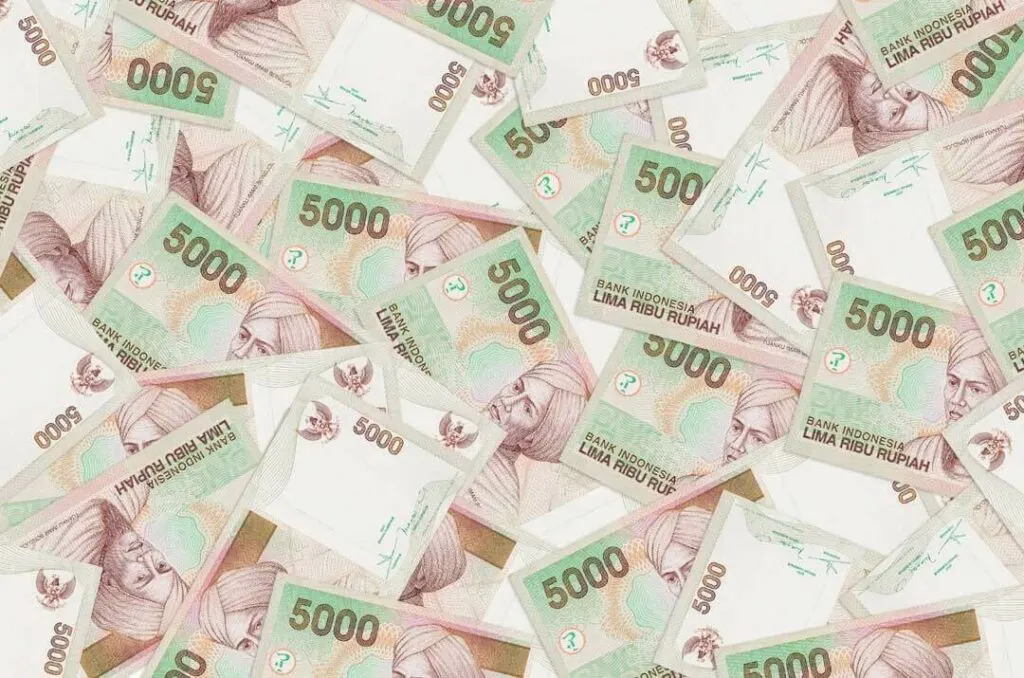
Money might not be able to buy happiness, but in Indonesia, it can certainly buy peace of mind, thanks to the security features of the rupiah banknotes. Watermarks, windows, gold patches, and holograms are just some measures to prevent fraud.
The national bank isn’t resting on its laurels either. In 2010, it went the extra mile and updated the bills with even more security features. The rainbow printing is a sight to behold, as the colors change depending on the viewing angle. The EURion constellation rings, which are a symbol pattern, are sure to give counterfeiters a headache.
Also, blind codes along the edges of the banknotes make it easy to identify different denominations by touch. So, the next time you’re in Indonesia and come across some rupiah banknotes, rest assured that your money is almost guaranteed original.
Enjoy the Beauty of the Indonesian Rupiah
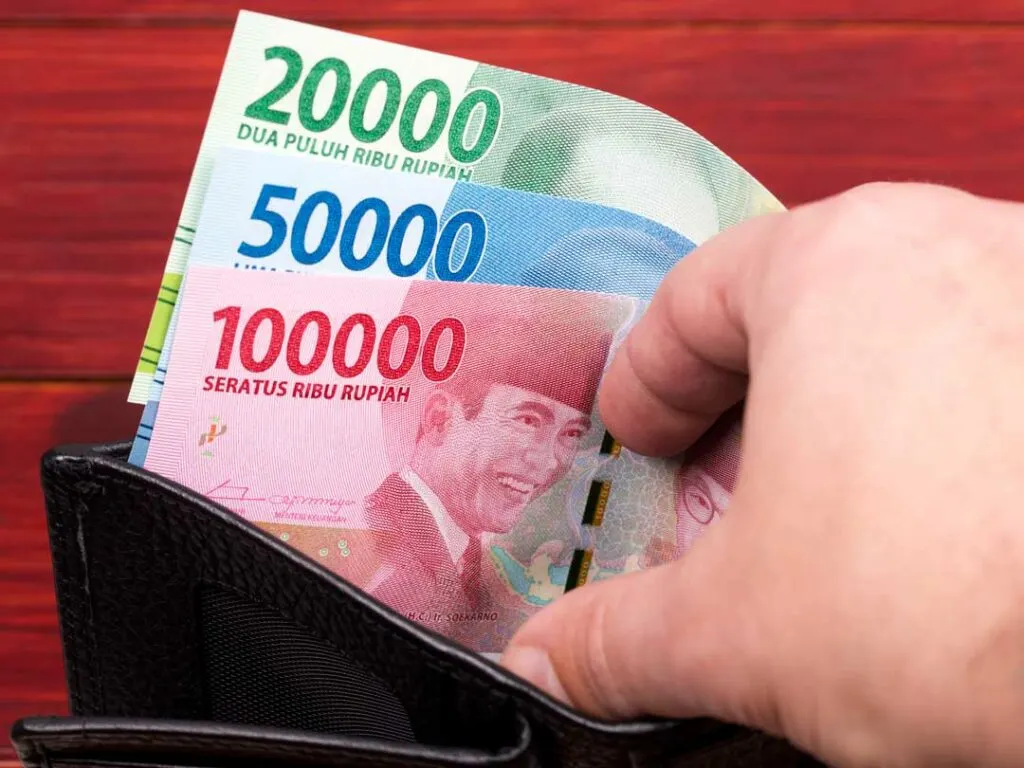
The Indonesian rupiah has a rich and fascinating history, with its evolution reflecting the nation’s struggles and successes over the years. From its origins as one of several currencies in circulation to its current status as the official currency of Indonesia, the rupiah has seen it all.
And while it may not be the strongest currency in the world, it certainly makes up for it in its colorful and unique designs, complete with a variety of security features to keep counterfeiting at bay. So the next time you find yourself in Indonesia, make sure to take a closer look at the rupiah in your wallet and appreciate the intricate details and rich history behind each note.
Who knows, you may just discover a newfound appreciation for the humble yet resilient rupiah.

Jessi is the creative mind behind The Coffee Mom, a popular blog that combines parenting advice, travel tips, and a love for all things Disney. As a trusted Disney influencer and passionate storyteller, Jessi’s authentic insights and relatable content resonate with readers worldwide.
